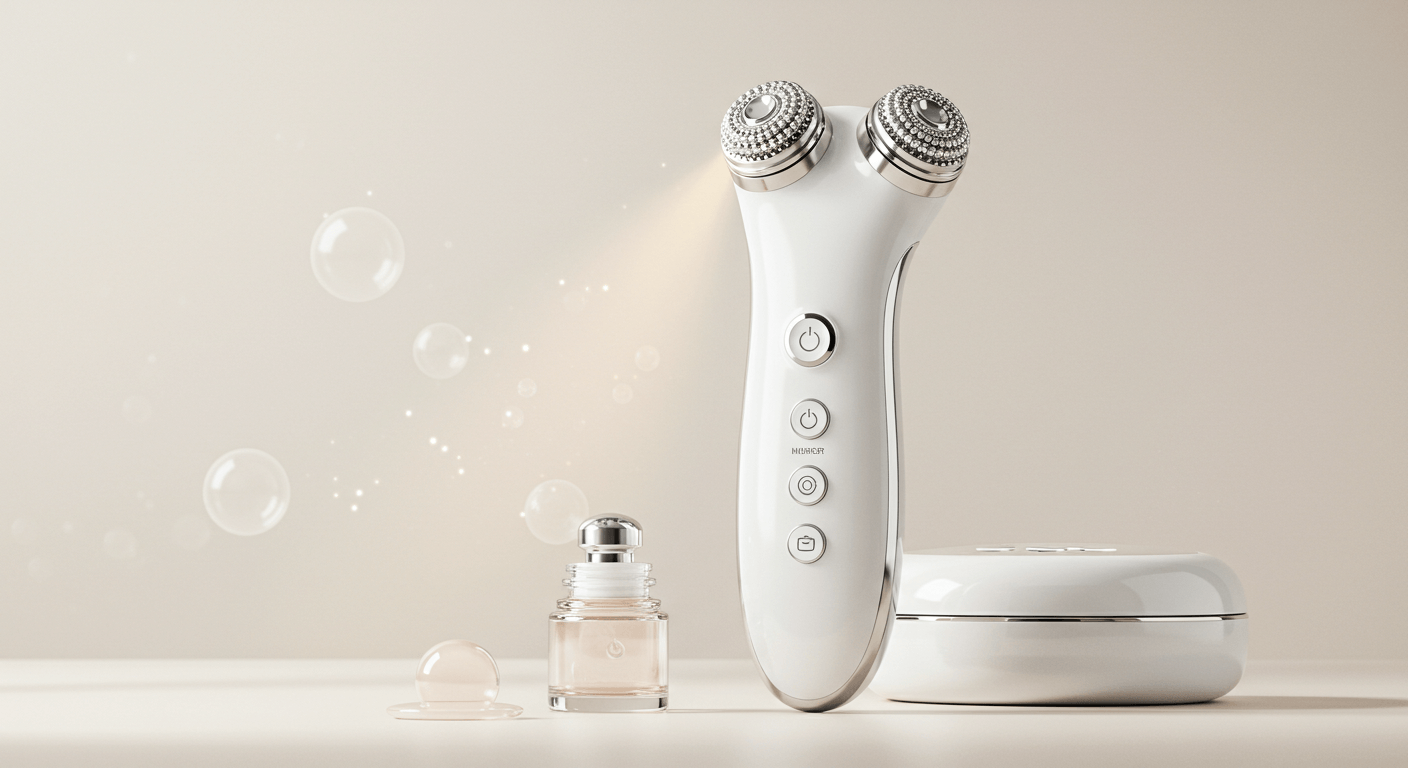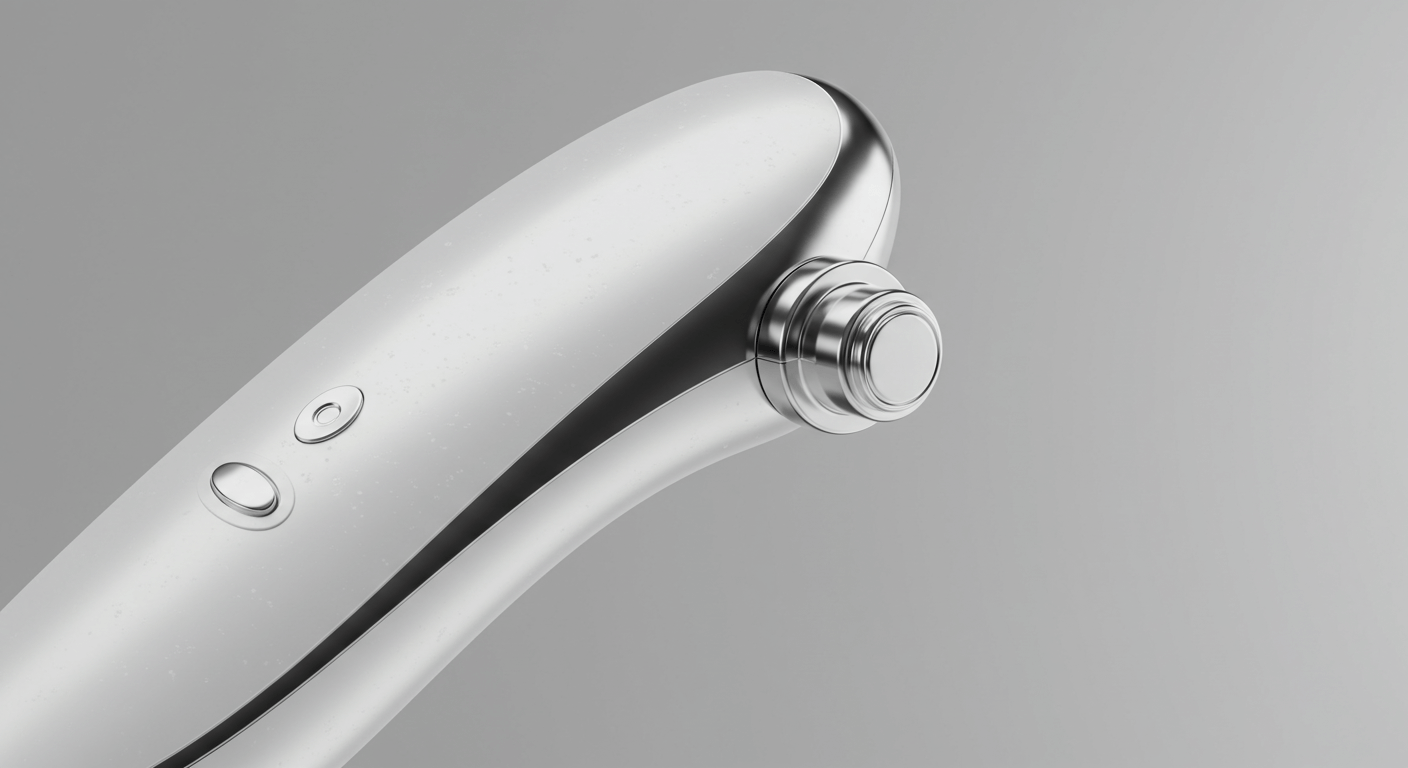One of the most widely used medical and cosmetic procedures in the world, Botox is well-known for treating certain medical issues and for minimising fine lines and wrinkles. The promise of smoother skin and relief from ailments like chronic migraines, excessive perspiration, or muscle spasms attracts millions of individuals to consider Botox injections each year. Though numerous doubts are raised by its increasing popularity, the most frequent one is still whether Botox is safe.
Before pursuing any treatment, it is crucial to comprehend the safety of Botox. Despite being popular and FDA-approved, Botox is still a neurotoxin that comes from Clostridium botulinum. Although its capacity to momentarily relax muscles can have striking therapeutic and cosmetic effects, misuse or administration by untrained professionals may result in problems or adverse effects. Because of this, it is essential that everyone considering Botox understands the possible risks, how to use it safely, and the best course of action.
Side effects, which can range from minor bruising and swelling at the injection site to more significant but uncommon consequences, including drooping eyelids or allergic responses, are frequently the focus of safety concerns. The secret to guaranteeing a satisfying and successful experience with Botox is knowing who should avoid it and how to reduce dangers.
This article provides comprehensive information about Botox, including its mechanism of action, possible adverse effects, professional advice, and safe treatment suggestions. Whether contemplating Botox for medical or cosmetic purposes, having precise and trustworthy information facilitates decision-making and guarantees safe and effective treatments. After reading this book, readers will know exactly what to anticipate from Botox, its safety profile, and how to maintain their desired results while protecting their health.
What is Botox?
Botox is a well-known therapy that can be used for both medical and cosmetic reasons. The bacterium Clostridium botulinum, which naturally produces a chemical that can momentarily relax muscles, is the source of this neurotoxin. Botox is regarded as safe and effective for treating some medical disorders and minimizing fine lines and wrinkles on the face when applied by qualified specialists in tiny, controlled doses.
In terms of cosmetics, Botox targets the muscles that produce dynamic wrinkles, which are created by repetitive facial motions like squinting or frowning. Botox relaxes these muscles by momentarily inhibiting nerve signals to them, giving the skin a smoother, younger-looking appearance. Depending on a person’s metabolism, age, and treatment location, the effects usually start to show up within a few days and remain for three to six months.
Botox has several medicinal uses in addition to cosmetic ones. Chronic migraines, hyperactive bladder, muscle stiffness, excessive perspiration (hyperhidrosis), and several eye conditions are among the conditions for which it is recommended. In certain situations, Botox relaxes tense muscles or controls nerve activity to reduce pain and enhance quality of life.
The FDA has approved Botox for a number of medical and cosmetic procedures, guaranteeing adherence to established safety guidelines. However, expert administration is the key to safe and successful outcomes. Unwanted side effects might result from incorrect doses or injection techniques, which highlights the significance of speaking with trained professionals.
Assessing the safety of Botox begins with knowing what it is and how it works. Although it isn’t a long-term fix, when applied properly, it provides a regulated, predictable, and generally low-risk method of improving appearance or treating medical conditions.
How Botox Works
By momentarily relaxing specific muscles, Botox can cure specific medical disorders and lessen the look of wrinkles. It contains a chemical called botulinum toxin, which prevents the muscles it is injected into from receiving nerve signals. Botox stops the muscles from contracting by blocking these impulses, which smoothes down the skin on top. Dynamic wrinkles, which are brought on by repeated facial motions over time, like crow’s feet, frown lines, and forehead lines, respond best to this procedure.
Results usually show up three to five days after a Botox injection, and the full effects take around two weeks to manifest. Depending on the area treated, age, and metabolism, the smoothing effect may last anywhere from three to six months. Muscle activity progressively resumes after this time, and subsequent treatments are typically required to sustain the effects.
The muscle-relaxing effects of Botox provide therapeutic advantages for medicinal applications. Botox injections in particular head and neck muscles, can help people with persistent migraines have fewer and less severe headaches. Botox helps calm overactive muscles, increasing comfort and mobility for those with overactive bladders or muscle spasticity. By momentarily obstructing nerve signals that activate sweat glands, it also works well for hyperhidrosis, or excessive perspiration.
Accurate dosage and placement are essential for safe and efficient outcomes. Licensed physicians with training in anatomy and injection methods should always provide Botox injections. By ensuring that the toxin only affects the targeted muscles, proper delivery reduces the possibility of adverse consequences like drooping eyelids or uneven facial expressions.
Clarity regarding Botox’s medical and cosmetic advantages comes from knowing how it functions. Botox is one of the most popular non-surgical treatments for both therapeutic and cosmetic reasons because it targets particular muscles and momentarily changes their activity, producing predictable, regulated results.
Rare but Serious Risks Of Botox
Although Botox is usually safe when given by qualified specialists, patients should be informed of a few uncommon but significant complications. Making an informed choice and guaranteeing safe treatment require an understanding of these possible side effects.
An allergic reaction is among the most dangerous dangers. Despite being rare, some people may have breathing problems, redness, edema, or itching following a Botox injection. You should get medical help right away if you see any symptoms of an allergic reaction.
Unintentional muscular weakening is another possible danger. Botox can damage surrounding muscles if it travels beyond the intended area, which might result in drooping eyelids, asymmetrical facial expressions, or trouble speaking or swallowing. Although these side effects are often transient, they may be cause for concern if they interfere with day-to-day activities.
Another uncommon consequence is infection at the injection site. To prevent bacterial infections, sterile procedures and rigorous hygiene are essential, just like with any injection. Redness, swelling, discomfort, or pus at the injection site are possible symptoms.
Because Botox may worsen muscle weakness, patients who already have neuromuscular conditions such as myasthenia gravis or Lambert-Eaton syndrome are more likely to experience problems. It is also recommended that women who are pregnant or nursing refrain from using Botox because its safety during these times has not been thoroughly proven.
Even though these hazards are uncommon, their possibility is greatly reduced when administered correctly by a qualified and experienced professional. The prevention of problems is mostly dependent on patient screening, accurate injection procedures, and dosage control.
Patients are more likely to approach Botox treatments responsibly if they are informed of the uncommon but significant hazards. To enjoy the medical or cosmetic benefits of Botox while preserving safety and peace of mind, it is imperative to speak with a certified physician, go over medical history, and adhere to aftercare recommendations.
Devices That Can Act as Botox Substitutes

A number of at-home devices present viable substitutes for Botox for individuals seeking wrinkle reduction and facial rejuvenation without the need for injections. By stimulating muscles, increasing collagen formation, and improving skin elasticity, these gadgets use cutting-edge technology to help reduce fine lines and preserve a young appearance.
Microcurrent facial gadgets are a common choice. These devices encourage modest lifting and toning by applying mild electrical currents to the muscles of the face. Over time, regular use can increase circulation, lessen sagging, and enhance facial contours, giving the appearance of firmer, younger skin. Because of its ability to sculpt muscles, microcurrent devices are frequently referred to as “non-invasive face lifts.”
Devices that use LED light therapy are another efficient substitute. These stimulate the creation of collagen and aid in skin regeneration by using particular light wavelengths, such as red or near-infrared. Red light therapy has been shown to improve skin texture, reduce fine lines, and minimize inflammation, offering results similar to Botox in softening the appearance of wrinkles without injections or downtime.
As a non-invasive alternative, radiofrequency (RF) gadgets are likewise becoming more and more popular. By applying controlled heat to the skin’s deeper layers, radiofrequency technology encourages the production of collagen and elastin. This is a good substitute for Botox for people seeking long-term anti-ageing effects because it tightens skin, lifts drooping areas, and lessens the appearance of wrinkles.
Ultrasonic facial massagers can also increase collagen and circulation, which will make the skin supple and firmer. These gadgets can enhance skincare outcomes and give the face a natural lift when used with high-quality serums.
These devices provide a safer, non-invasive method of anti-ageing, even though they can’t completely replace Botox’s capacity to momentarily paralyze muscles. Without needles, smoother, firmer skin can be achieved with consistent use, appropriate technique, and the selection of devices with demonstrated efficacy.
Can Skincare Devices Provide the Same Advantages as Botox?
Although skin care devices provide a non-invasive method of minimizing wrinkles and increasing skin suppleness, they are unable to completely mimic the results of Botox. Although tools such as radiofrequency equipment, LED light therapy, and microcurrent tools increase circulation, tone muscles, and stimulate collagen, they do not momentarily paralyse face muscles like Botox does. In contrast to Botox, which smoothes wrinkles more instantly, the results of devices are gradual and need regular application. Although gadgets can improve the overall appearance of skin and supplement a skincare regimen, they are better viewed as supportive substitutes for Botox rather than a direct replacement.
Conclusion

For both medical and cosmetic applications, Botox has established a solid reputation as a safe and efficient therapy. It reduces wrinkles, smoothes facial lines, and treats problems like chronic headaches, muscle stiffness, and excessive perspiration by momentarily relaxing certain muscles. Making educated selections is crucial because Botox has possible hazards, just like any other medical procedure.
The majority of adverse effects are modest and transient, such as slight headaches, bruising, or swelling. Although they are uncommon, serious consequences might happen, especially if the patient has certain health issues or if the injections are not given by a trained physician. Rare concerns include allergic reactions, unexpected muscle weakness, or infection. emphasize the value of expert administration and patient education.
Those with neuromuscular diseases, those who are pregnant or nursing, and those who are allergic to botulinum toxin or injectable ingredients should also avoid Botox. A thorough medical history and consultation with a registered professional guarantee the safe and efficient administration of Botox.
Careful planning, exact technique, and following aftercare instructions are essential for the best outcomes. Risks are decreased and treatment benefits are increased by selecting a board-certified therapist, going through a comprehensive consultation, and adhering to post-treatment instructions. Additionally, patients should keep an eye on how they react to injections and notify their healthcare professional right away if they experience any troubling symptoms.
In the end, when administered properly, Botox can be a very safe, reliable, and successful choice. Patients are more equipped to make judgments when they are aware of the best practices, possible adverse effects, contraindications, and how it works. Botox is a dependable option for people looking for therapeutic treatment or aesthetic enhancements while preserving their safety concerns, provided they receive expert advice and take the appropriate safety measures.
